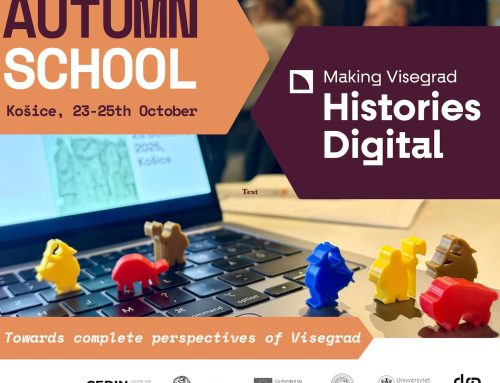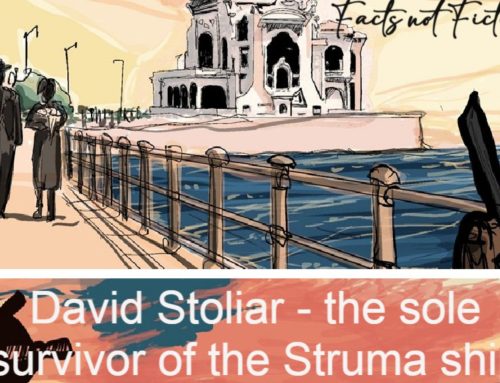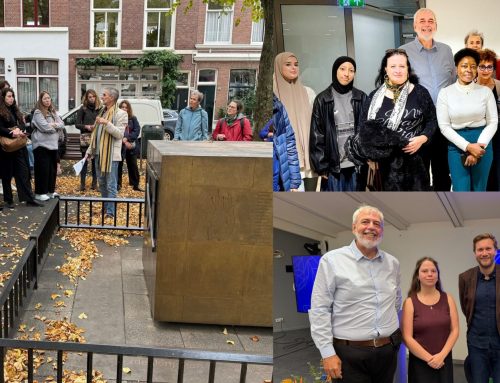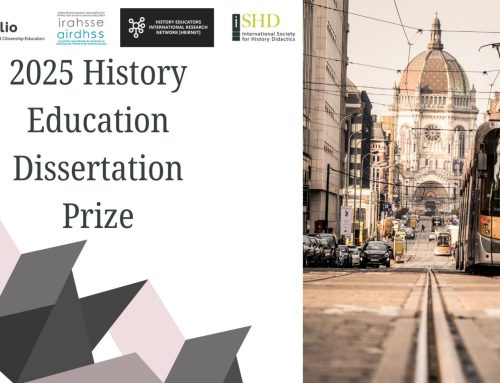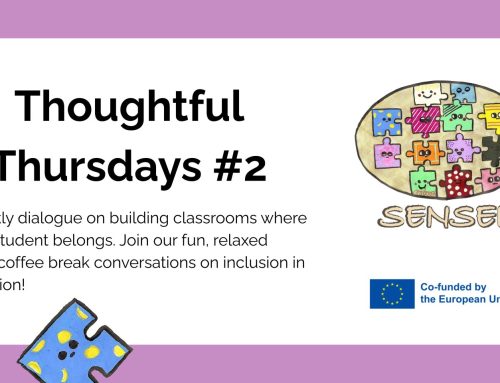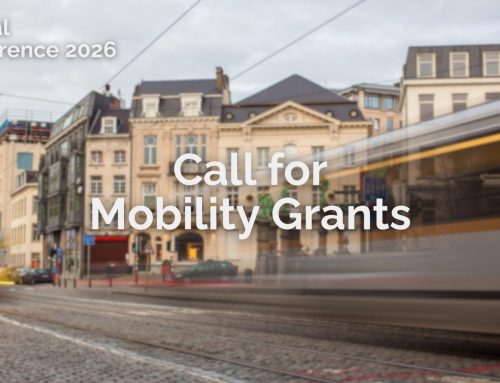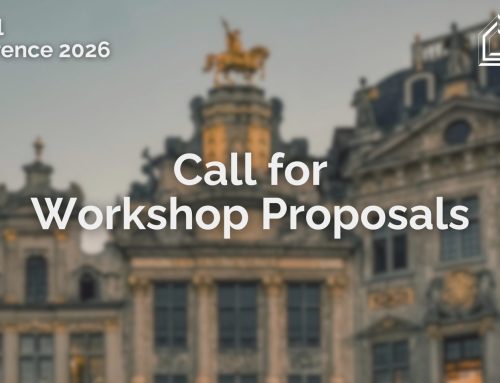EuroClio’s 2019 5th Regional Summer School: “Diversity and Violence” was held in Osijek, Croatia, August 22-24 2019. EuroClio Board Member Denis Detling reports:
In august 2019, the regional cooperation of teachers continued with EuroClio Summer School in Osijek under the name: “Diversity and violence: rethinking approaches in history education”. Even though some of the participants were not history teachers, the focus was on new teaching methods in the light of the current reforms of the school systems in the region.
This summer school focused on the two great conflicts that happened in this region: World War II and the Croatian War of Independence (Homeland War). More attention was given to the teaching of the Croatian War of Independence, especially on topics which lack sources such as the process of reintegration of Eastern Slavonia, Baranya and Western Sirmium (to this date, the most successful UN peace mission (UNTAES) which lasted from 1996 to 1998).
Participants were given the opportunity to visit the Memorial complex “Batinska bitka” (Battle of Batina), which is mostly forgotten, and learned about new ways of teaching about it. In fact, the only people remembering this battle are either those whose ancestors died in this battle, or those attending local schools. On the second day, participants visited the Memorial Centre of Homeland War Vukovar. The narrative there related only military history, while the viewpoints of victims and the mentioning of the rebellion were overlooked. This presented a problem for the colleagues who are not familiar with the conflict. The next visits were The Memorial Cemetery of the Victims of Homeland War, the site of the mass grave at Ovčara and The Place of Memory – Vukovar Hospital. There the focus was on the victims, and remembering them with dignity regardless of their nationality.
An emotionally easier experience was visiting the Museum of Slavonia, the host of this summer school where the workshops and debates took place. There, the participants could see the Ancient Roman collection and the history of Tvrđa, Osijek and the nearby region. The tour ended with the current temporary exhibition “Omladinske radne akcije – dizajn ideologije. In addition, the works of the artists from Srebrenica 2018 were displayed (the exhibition was opened in July 2019). In short, there was no lack of resources.
The last day was especially interesting when the participants of UNTAES reintegration, Tihomir Živić and Kristina Babić, talked about the whole process (unfortunately, the other side of this peace mission was not present). Nikica Torbica along with some of his students joined, and the teachers were divided into groups to help write a lesson plan about these topics (everyone helped a lot).
The host of this event was represented by Nansen Dialogue Centre Osijek and with the historiographic project “Learning history that is not yet history” (LHH, devedesete.net). This project included colleagues from Bosnia and Herzegovina, Serbia and Montenegro. Judith Geerling presented EuroClio to the participants. This Summer School hosted members from twelve countries (Albania, Austria, Bosnia and Herzegovina, Croatia, Denmark, Ireland, Greece, Italy, Netherlands, North Macedonia, Serbia and Slovenia). Unfortunately our colleague Miloš Vukanović from Montenegro could not come. Participants visited several important historic sites; they listened to the different narratives, and got a more nuanced version of the facts. However, we are still a long way from reaching a fully multi-perspective approach. As Dea Marić mentioned, it will need the inclusion of more than just stories from conflicted sides in these events.





